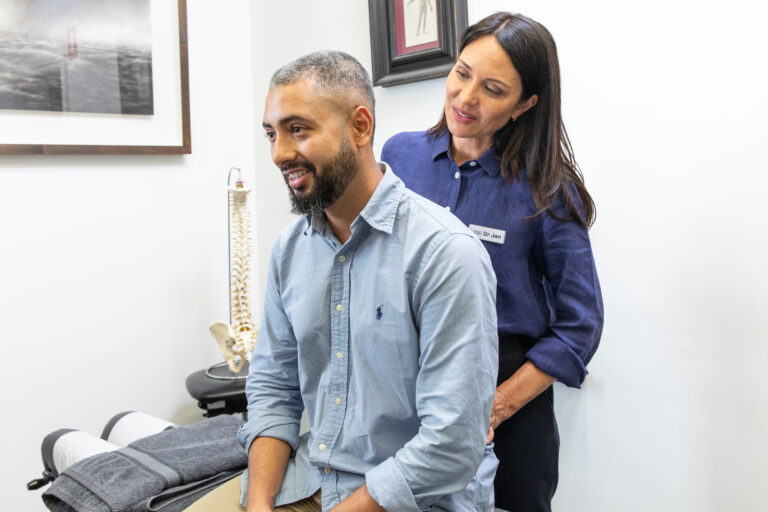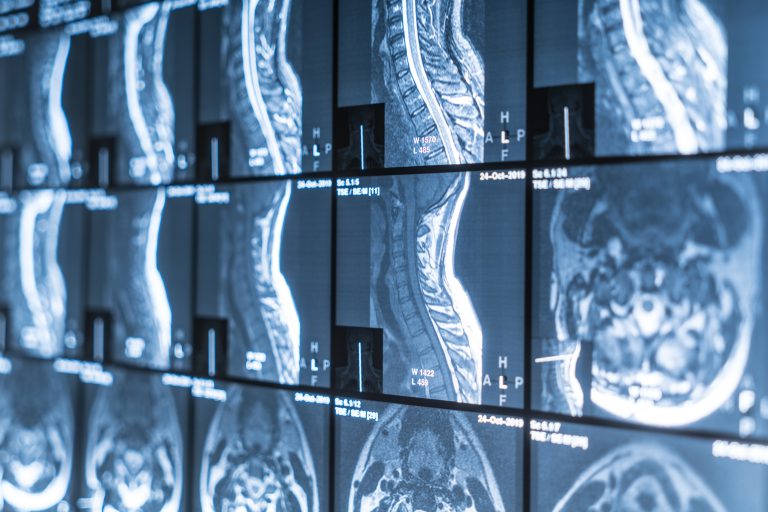Over three quarters of Australians have a long-term health condition, according to new data published by the Australian Bureau of Statistics (ABS).1 The first release of the National Health Survey 2020-21 offers insights into health conditions and health risks during the COVID-19 pandemic in Australia.
After mental and behavioural conditions, back problems were the second most common chronic conditions reported in 2020-21, making up almost 16%. With around 70-90% of Australians suffering from lower back problems in some form at some point in their lives,2 it is fast becoming a major public health concern. In addition to dealing with persistent pain, people with chronic back problems are also more likely to suffer from depression and anxiety. This greatly impacts daily activities and general outlook on life.3
While the burden of low back pain is ranked sixth in the world, it is ranked first in Australasia.4 With such a far-reaching impact, it is important to identify back problems and take steps to reduce its effect and try to prevent it.
What are Back Problems?
AIHW describes back problems as a range of conditions related to the bones, joints, connective tissue, muscles and nerves of the back.5 Commonly felt in the lower back area, back problems can also cause stiffness, soreness and inflammation. The pain itself may range from mild to severe, or from a dull ache to a sharp pain.6
General back pain is usually resolved within a few weeks or months but back pain that lasts for three months or longer is described as chronic.
What Causes Back Problems?
It is not always possible to identify the cause of back pain. Although pain from a direct injury (such as a sprain or strain) or a medical condition (like a slipped disc or sciatica) may be easier to identify, back problems can also result from lifestyle choices.
People who lead inactive lives and have poor posture are more at risk of experiencing back pain due to prolonged strain on the back and spine.
Consider a Chiro
Back pain can be quite distressing but there is no need to suffer in silence. There are steps you can take to address back pain symptoms. Improvements, no matter how small, may help you feel like yourself again. Taking small steps towards better health and seeking professional advice can make a big difference in how you feel.
The focus of chiropractors is on correcting dysfunctions in the musculoskeletal and nervous system, and pain relief. Chiropractors work towards restoring and maintaining normal spinal function, and encourage patients to make the necessary lifestyle choices to achieve this.
Back Problems and Chiropractic
For back problems, chiropractors use a variety of non-surgical treatments, such as spinal manipulation or manual therapies. Chiropractors will assess your health and offer advice on how to manage the issue.
Chiropractors advise patients on self-management of back pain through exercise, diet and lifestyle modification. The chiropractor’s goal in the management of back pain is to support your current level of function, pain relief and minimising disability. Chiropractors work with other healthcare providers where needed.7
Find out more about chiropractic here or to find your local ACA chiropractor, visit findachiro.org.au
References
- National Health Survey 2020-21 (ABS). abs.gov.au., 2022. Web.
- What are back problems? (AIHW). aihw.gov.au., 2017. Web.
- Fernandez, Matt et al. Chronic low back pain and the risk of depression or anxiety symptoms: Insights from a longitudinal twin study. The Spine Journal (2017): Web.
- Vos, T., Flaxman, A. and Naghavi, M., Years lived with disability study for 1160 sequelae of 289 diseases and injuries 1990-2010: a systematic analysis for the Global Burden of Disease Study 2010. Lancet. (2012). 380: p2163-2196
- Back problems (AIHW). aihw.gov.au. 2017. Web.
- Chronic Back Pain (Cedars-Sinai). cedars-sinai.edu., 2017. Web.
- Globe, Gary et al. Clinical Practice Guideline: Chiropractic Care for Low Back Pain. Journal of Manipulative and Physiological Therapeutics 39.1 (2016): 1-22. Web.


